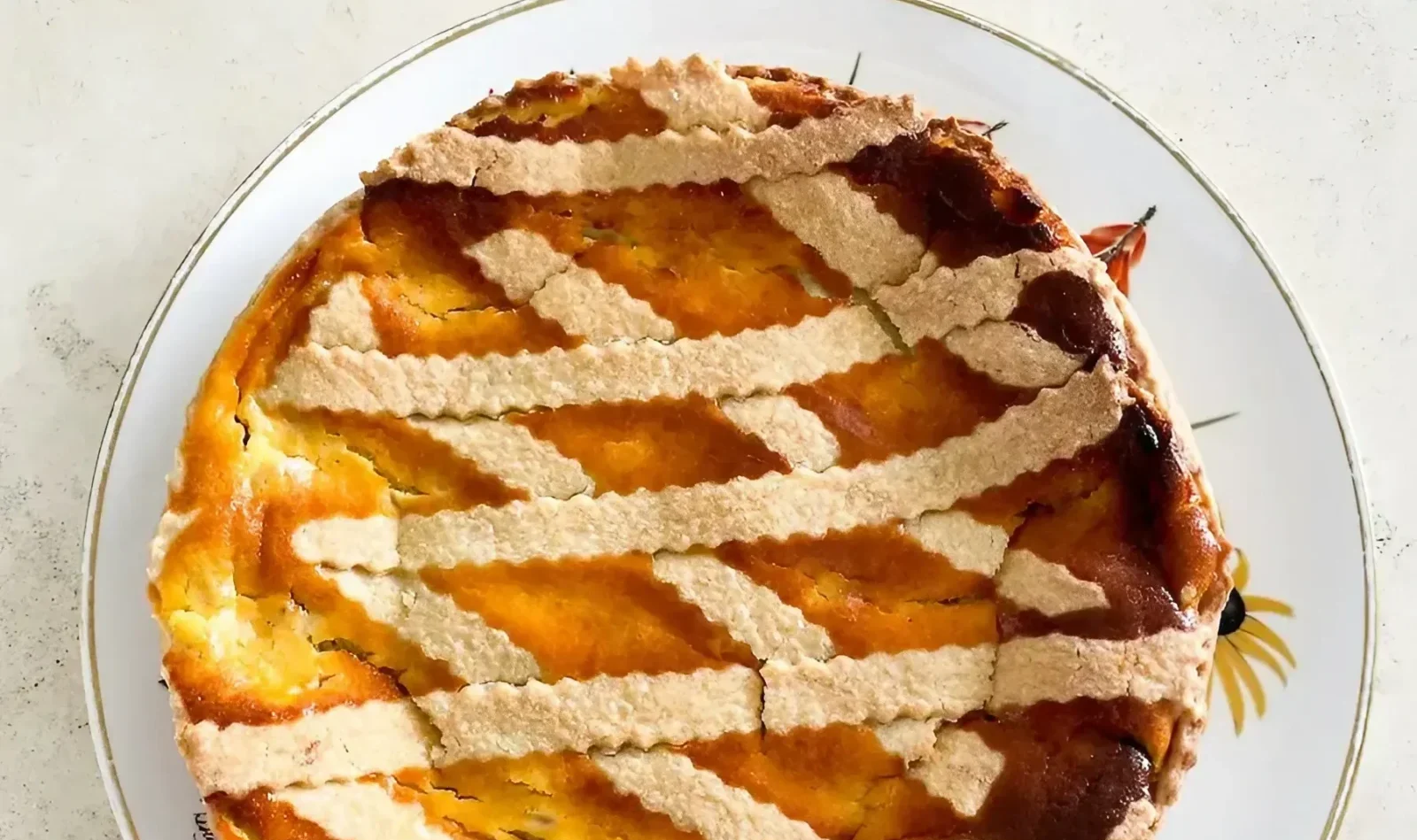We inaugurate the section "Cooking in the Neapolitan area"With a typically Easter recipe, considering the imminence of the event.
La pastiera, as we said, it is a ritual for the Neapolitans at Easter and it is as if at the same time it was also inaugurating the spring season with its unmistakable floral fragrance. The basic food of the pastiera is natural wheat, that is simply "soaked", in addition to fresh eggs, milk, ricotta and candied fruit among the main ingredients.
The goodness of this dessert so tasty brought the Neapolitans to prepare it not only for Easter, but also in the other months of the year. The wheat is, in fact, available all year round and also the regional borders.
The history of Pastiera
The history of the Neapolitan pastiera, one of the most famous and loved desserts in Italy, is shrouded in mystery and legend. It is said that the origins of this dessert date back to Roman or perhaps even Greek times, when the mermaid Partenope chose the Gulf of Naples as her home and the population offered her seven gifts which were then mixed by the siren, creating this unique dessert.
But the ancestors of the Neapolitan pastiera they are rather uncertain and the dessert we know today was probably invented much later, in the XNUMXth century, by an unknown nun from the convent of San Gregorio Armeno.
Ritual buns and the Christianized symbolism of pastiera
The priestesses of Ceres carried the egg, symbol of nascent life, in procession to celebrate the return of spring. This symbol then became "rebirth" and resurrection with Christianity. The wheat or spelled, mixed with the soft ricotta cream, could instead derive from the spelled bread of the Roman wedding.
The Christianized symbolism of ingredients such as eggs, cottage cheese and wheat, associated with spices from Asia and the scent of orange blossom of the convent garden, made the pastiera a perfect dessert for the celebration of Easter and spring.
The invention of the Neapolitan pastiera in the XNUMXth century
The nuns of the convent of San Gregorio Armeno they were true masters in the preparation of pastiere and gave them to the aristocratic families of the city. It is said that also Queen Maria Theresa of Austria, consort of King Ferdinand II of Bourbon, was a great lover of pastiera.
In any case, the Neapolitan pastiera has become one of the symbols of Neapolitan cuisine and of the Italian culinary heritage. Its preparation requires a lot of care and patience, but the final result is a rich and tasty dessert, which represents the perfect union between tradition and innovation.

Ingredients
- ingredients for basic pasta they are: flour (gr 600), sugar (gr 300), butter (gr 300) and egg yolks (6), a vial of vanillin. These must be processed and amalgamated just like the typical and known shortcrust pastry.
- ingredients for the stuffing are: the wheat (which can be found at the supermarket ready in special jars, gr 500), milk (400 ml), fresh ricotta (gr 500), whole eggs (6), two vials of flower essence orange, sugar (gr 450), a knob of butter or suet, various candies including citron, orange peel and cocozzata1 11 (gr 150) and, finally, icing sugar.
To achieve the pasta, arrange the flour in a fountain. Add the sugar, the melted butter, the vanilla and the egg yolks one by one, always continuing to work the dough with your hands for about 10 minutes until you get a smooth and homogeneous dough. Leave to rest in a covered container.
For the preparation of the stuffing cook the wheat with milk and a knob of butter or suet on a low flame. Turn off when it comes to a boil and let it cool. Soften the fresh ricotta with a manual whisk and mix it with the sugar, the reds of the 6 eggs (one at a time), the essence of orange blossom, the candied fruit. Finally whisk the whites until stiff and add them to the mixture, stirring from the bottom to the top. Add the wheat.
La Neapolitan tradition wants the pastiera to be high on the 5-6 cm to ensure that after cooking it will keep moisture and fragrance 2. With these doses you will therefore have to use a pan of about 27-28 cm.
Grease and flour the pan and line the base and sides with 2/3 of the dough. Prick the dough with a fork and then pour the filling. Above, however, you will have to cover the cake with a grid of strips of dough crossed transversely and cut with a zigzag tool 3.
Put in forno preheated and cook for about 60 minutes at 180 ° 4. Once cooked, let the cake rest for an hour 5.
When it has cooled, sprinkle with icing sugar.
Often we tend to "soften" this recipe with the use of Butter or by blending part of the grain, but these two simple steps would end up altering the typical Neapolitan pastiera.
Footnotes
1 - Cocozzata is a term that indicates candied pumpkin, that is, first deprived of filaments and seeds, subsequently chopped and then boiled, and finally dipped in sugar dissolved in a pan. It is available ready-made at the supermarket and often mixed with cedar and orange peel for the preparation of pastiera and struffoli.
2 - The pastiera can also be consumed up to 4-5 days from its preparation. Indeed, the following days will be even more fragrant!
3 - The strips must be about 2 cm thick, while the distance between them must be about 3 cm.
4 - If you have respected the height* of the recipe will be the 60 minutes, if instead you find it lower cook for about 40-45 minutes.
5 - The pastiera should be enjoyed at room temperature.






